Who Blew Up the Nord Stream Pipeline?
Who Blew Up the Nord Stream Pipeline?
Its destruction reflects decades of energy disputes dating back to the Soviet era.
In the spring of 2023, a student discussion in my energy security class spiraled out of control. Our broad conversation about European energy security was stuck on a controversial topic: Who blew up the Nord Stream pipeline?
In the spring of 2023, a student discussion in my energy security class spiraled out of control. Our broad conversation about European energy security was stuck on a controversial topic: Who blew up the Nord Stream pipeline?
At that time, there was no evidence to draw upon: Intelligence reports were mixed, and governments were holding their secrets close. So, we did the only thing we could do: As a group, we considered how motive, means, and opportunity might explain this geopolitical equivalent of a locked-room mystery. But after letting our little gray cells work—as Agatha Christie’s Belgian detective Hercules Poirot might have put it—the class remained split. Nine students believed Russia was still the most likely culprit. Roughly the same number suspected some combination of Western states or Ukraine.
The central problem was this: Russia’s motives for destroying the pipeline were weak. The conspiracy theories about U.S. involvement were convoluted and unconvincing. And in the context of the war, it also seemed to make little sense for Ukraine to risk alienating its Western backers to destroy a pipeline that was not even operating at the time. Since that time, however, a steady drip of intelligence leaks has given us more insight into who might be responsible; a bombshell report in earlier this month in the New York Times revealed that “American intelligence agencies now believe the operation was carried out at least with the loose direction of the Ukrainian government.”
The response to these revelations has been muted, with Western governments no doubt assessing that highlighting it could undermine cohesion between Ukraine and its foreign backers. But ignoring these revelations is a mistake. Instead, they should be treated as a reminder that not every issue in European security can be explained by events that have occurred since February 2022.
Indeed, the destruction of Nord Stream is best understood as a continuation of the energy security disputes that have roiled European politics for two decades. It reminds us that interests vary across Europe, and that many of today’s biggest debates will be shaped by a much broader set of issues than the Ukraine war, whenever and however it ends. Questions about the future of European defense, NATO, Ukrainian integration into Europe, and even how Europe and Russia will interact in the future will be determined by divergent national interests and the context of the contentious history of the region since 1991.
Ever since the Soviet Union started exporting oil and gas to the West in the 1970s, those energy flows have transited large, integrated pipeline networks, carrying not only Russian but also Central Asian energy supplies through Russia, into Ukraine and Belarus, and on to Europe. As recently as 2004, the pipelines that transported all Russian gas to Europe, with the exception of deliveries to Finland and parts of Turkey, transited three key countries—Ukraine, Belarus, and Moldova—with more than 80 percent of Russia’s European gas exports coming through Ukraine.
This system initially worked as intended, but the collapse of the Soviet Union in 1991 created a unique set of problems. What had once been an integrated political and economic bloc was suddenly divided by borders. And the choice of where pipelines transited, where energy supplies came from, or where refineries were located were all suddenly political questions.
New republics in Central Asia had to haggle over the costs to send their resources to market; new Eastern European states fought for transit fees that would let them capture some of the wealth generated by energy sales. Russia—at the physical center of this import-export system— benefited most from the legacy of static Soviet-era energy infrastructure, engaging in arbitrage between Central Asia and Europe and pocketing the proceeds. At the same time, Russia was stuck with a costly Soviet legacy: long-running energy subsidies for the countries of Eastern and Central Europe, which strongly opposed paying Moscow world market rates for their energy imports. In 2003, for example, Ukraine was paying $50 per million cubic meters (mcm) and Belarus was paying $30 per mcm, while Western Europe was paying anywhere from $100-$125 per mcm.
Disagreements between Russia and the other post-Soviet states on these issues became more rancorous throughout the 1990s and 2000s, with repeated disputes between Russia and its former satellite states over transit fees and subsidized energy, involving not only neighboring Ukraine but also Belarus and Moldova—the three countries that sat astride the profitable pipeline routes into Europe. These were often more than simple pricing disputes.
The Kremlin tended to be relatively happy to provide energy at low cost when regimes in Eastern Europe were friendly and accommodating. It tended to raise those prices when regimes pushed back, or when they sought greater Western integration. And no matter how friendly the state, there were also tensions over storage facilities, corruption, and theft of oil and gas in transit. As recently as 2020, Russia halted oil supplies to Belarus, unable to reach an agreement on pricing.
Tensions with Ukraine first boiled over in 2006. Ukraine was in one of its periods of shifting toward the West after the Orange Revolution, which had brought pro-Western politician Viktor Yushchenko and his allies to power. As retribution, Russia’s Gazprom canceled a deal negotiated prior to Yushchenko’s presidency that would have provided highly subsidized gas to Ukrainian consumers. The resulting price dispute could not be resolved, and, on Jan. 1, 2006, Russia shut down exports to Ukraine, engaging in a piece of theater as technicians turned dials on live TV to confirm the threat had been carried out.
Gas, of course, continued to flow through the pipelines to Western customers. But over the following days, other European states began to experience shortfalls as Ukraine siphoned gas intended for consumers further down the line. Romania reported lower-than-expected pressure in its pipelines, a drop of around 30 percent in import volume, while Italy was forced to tap emergency gas reserves to deal with the shortfall. Sixteen years before the full Russian invasion of Ukraine, Europe was already aware of the risks associated with political and economic squabbling in the post-Soviet space.
Though the 2006 crisis lasted only four days, it created a significant psychological impact in Europe, which was only amplified by follow-on crises in 2009 and 2010. European policymakers suddenly worried about the reliability of Russian energy supplies. There were two primary concerns. First, could Russia be trusted not to use its energy to extort political or economic concessions from EU member states? And second, would future disputes between Russia and the other former Soviet republics continue to disrupt supplies to European countries farther downstream?
The first concern was dealt with through a package of energy reforms at the European Union level, which increased the resiliency of Europe’s pipeline infrastructure and further integrated the bloc in energy terms. Once complete, it became almost impossible for Russia to isolate any one EU member state from the broader group and extort them. The second concern—the risks raised by disputes among the former Soviet states—was addressed instead through the creation of the Nord Stream pipeline, which brought to fruition a long-running proposal to build a pipeline under the Baltic Sea, thereby bypassing problematic disputes between Russia and its neighbors
This may seem strange from today’s vantage point, but at the time it made a lot of sense. German industry was worried about energy disruptions created by disputes between Russia and the traditional energy transit states, and the original Nord Stream project was backed not only by Germany, but also by the Netherlands and the United Kingdom, which hoped that spur lines to the project might be built. But it was unpopular in Eastern Europe and quickly became a political football between Eastern and Western European Union members, with Poland’s then-Foreign Minister Radoslaw Sikorski describing it as “the Molotov-Ribbentrop Pipeline.” But Western European concerns carried the day, and the first Nord Stream pipeline was completed with only minimal controversy in 2011.
The proposal to build Nord Stream 2, on the other hand, was much more controversial, coming barely a year after the Russian seizure of Crimea. The European Commission was largely on board, but both Eastern European states and then-U.S. President Barack Obama’s White House lobbied against it. The U.S. Congress even threatened to sanction Germany if it went through with the project, a threat that Donald Trump would follow through on as president, passing sanctions that targeted companies working on the project. The pipeline was completed despite these obstacles but was never approved for use, as the certification process was suspended in February 2022. The pipeline was still unused in September 2022, when undersea explosions ripped through both it and Nord Stream 1.
The following months were filled with speculation about the culprit. As one scholar at the Carnegie Endowment put it, “there are aspects of this mystery that resemble an Agatha Christie novel, in which nearly everyone involved appears to have a motive or would benefit from the outcome.”
Russia seemed to be the most obvious candidate. It had, after all invaded Ukraine, seized territory, and committed human rights abuses. Perhaps Russia sought to punish Western European states for their backing of Ukraine, or to spike energy prices by blowing up Nord Stream? Yet the motive seemed shaky. After all, the point of energy blackmail—of dialing down gas supplies to Europe, as the Russians had been doing—would be to encourage European states to abandon support for Ukraine if the winter got bad. Blowing up the pipeline removed that leverage.
Others, most notably Seymour Hersh, suggested that it had been the United States that blew up Nord Stream, in conjunction with Norwegian divers. His logic rested on the long-running opposition in Washington to the pipeline, and on the idea that the United States could not tolerate any resumption of Russian gas flows to Europe. His reporting was widely debunked by open-source analysts, but nonetheless sparked a wave of conspiracy theories, the most outlandish of which saw the left-wing publication the Grayzone take a submarine trip to the explosion site to recover what it claimed was the boot of a U.S. Navy SEAL found on the floor of the ocean near the shattered pipeline.
But none of the information that has emerged in the past few months suggests a link to the United States, and it beggars belief that an administration as cautious about escalation as the Biden administration would consider such a rash move.
The remaining possibilities were less politically palatable, cutting through the clear picture of right and wrong of the war in Ukraine, suggesting that the victims of Russian aggression might themselves engage in wrongful acts. Yet why would Ukraine, so dependent on Western aid and weapons, risk angering Western European states? It seemed hard to believe.
But the motive was certainly there. Destroying the pipeline would hurt Russia and remove a potential source of Russian leverage over Europe in the future. It would tie the hands of Germany and other states; no matter how hard the winter, it would now be impossible for these states to reverse sanctions and reopen the pipeline. And it would ensure that most Russian energy exports to Europe would still need to transit Ukraine.
More broadly, two decades of contention between Western and Eastern Europe over energy security provides a plausible way of explaining such a choice. The destruction of Nord Stream fits neatly into disagreements over which states within the sprawling European community get to decide exactly what constitutes a shared European energy security. It is a reminder that, despite 18 months of public unity, interests diverge across Europe.
Indeed, Russian oil and gas continue to flow to some landlocked countries in Europe thanks to exemptions in European sanctions restrictions; that energy flows through Ukrainian pipelines. Throughout the past year, the kind of haggling over transit fees that has long characterized energy flows in Eastern Europe has persisted. In April, Hungary announced that it would pay Ukraine directly to permit the transit of Russian oil through the Druzhba pipeline. But Kyiv has also been vocally unhappy with Hungary’s decision to import more Russian gas via the non-Ukrainian TurkStream pipeline. The question is not necessarily, then, one of Russian energy supplies, but rather who gets to decide whether specific supplies will continue or not.
It’s currently unclear whether Russian energy will ever again flow to Europe in large quantities. But one thing is certain: The destruction of Nord Stream once again places Ukraine and other Eastern European states in a position of greater leverage on the energy question. Destroying Nord Stream is an understandable enough choice from the point of view of a country engaged in a desperate war for survival. But it may prompt Ukraine’s partners to reassess just how closely their interests actually align with Kyiv.
Emma Ashford is a columnist at Foreign Policy and a senior fellow with the Reimagining U.S. Grand Strategy program at the Stimson Center, an adjunct assistant professor at Georgetown University, and the author of Oil, the State, and War. Twitter: @EmmaMAshford
More from Foreign Policy
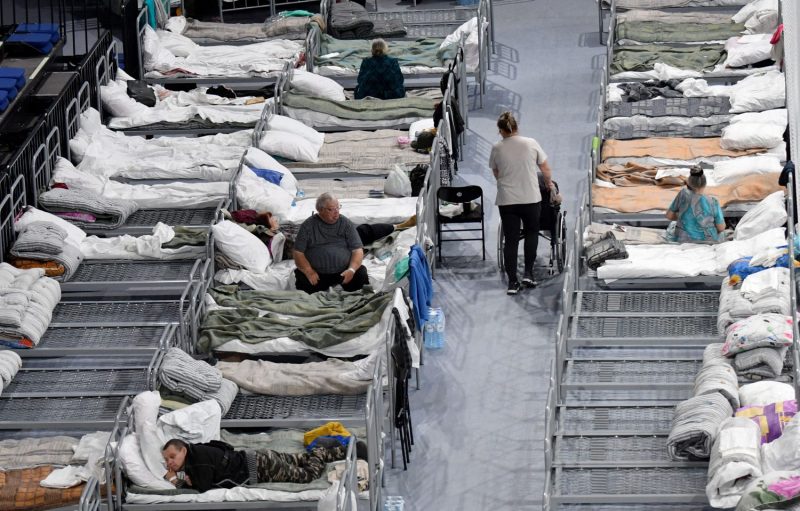

Russians Are Unraveling Before Our Eyes
A wave of fresh humiliations has the Kremlin struggling to control the narrative.
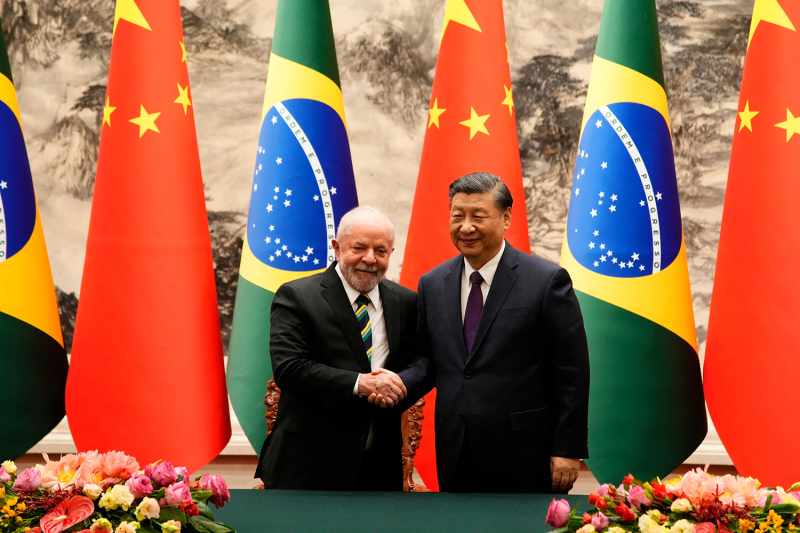

A BRICS Currency Could Shake the Dollar’s Dominance
De-dollarization’s moment might finally be here.


Is Netflix’s ‘The Diplomat’ Factual or Farcical?
A former U.S. ambassador, an Iran expert, a Libya expert, and a former U.K. Conservative Party advisor weigh in.
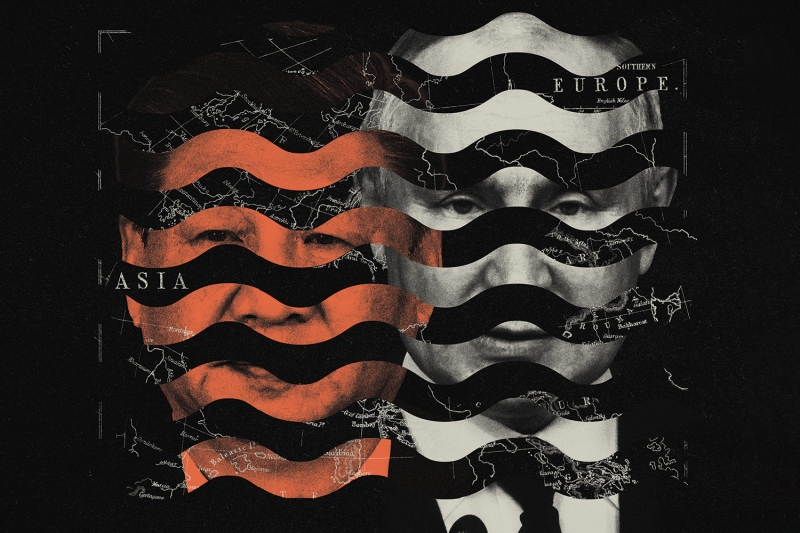

The Battle for Eurasia
China, Russia, and their autocratic friends are leading another epic clash over the world’s largest landmass.
This article has been archived for your research. The original version from Foreign Policy can be found here.

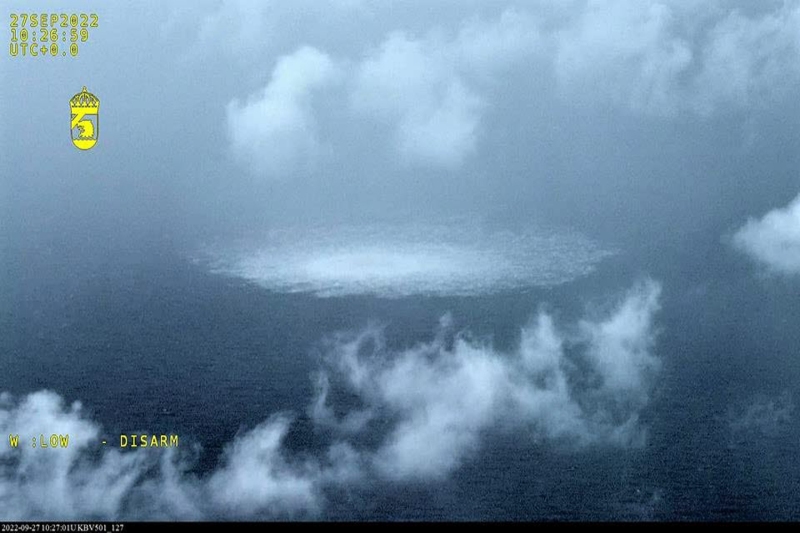

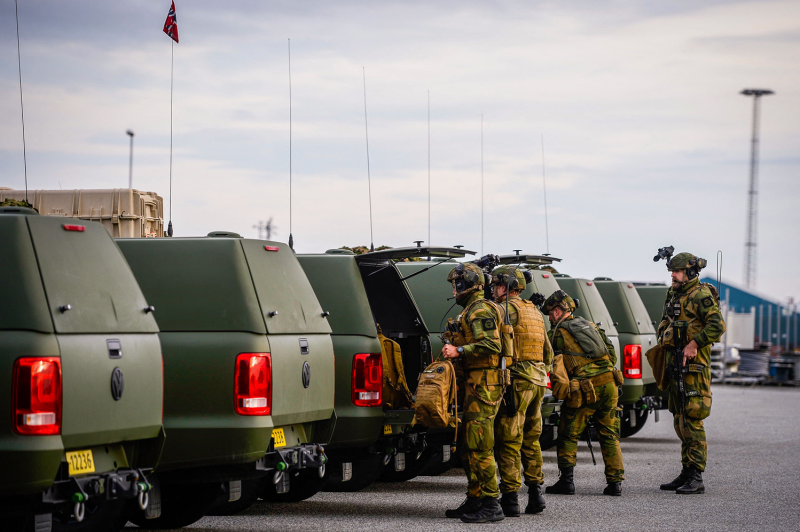
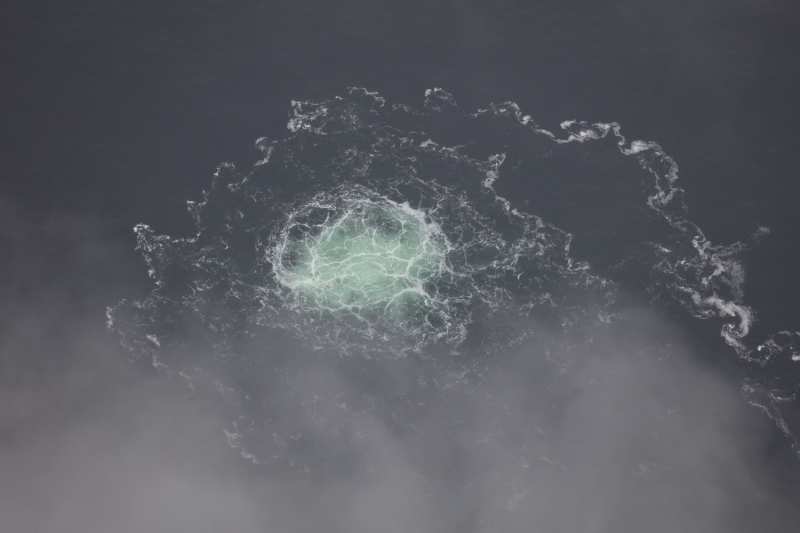



Join the Conversation
Commenting on this and other recent articles is just one benefit of a Foreign Policy subscription.
Already a subscriber? .
Subscribe Subscribe
View Comments
Join the Conversation
Join the conversation on this and other recent Foreign Policy articles when you subscribe now.
Subscribe Subscribe
Not your account?
View Comments
Join the Conversation
Please follow our comment guidelines, stay on topic, and be civil, courteous, and respectful of others’ beliefs.
Change your username:
Confirm your username to get started.
The default username below has been generated using the first name and last initial on your FP subscriber account. Usernames may be updated at any time and must not contain inappropriate or offensive language.